Section 5
Labor and Domestic Tensions
By Boundless
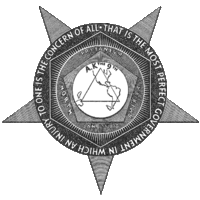
The original citywide labor federations grew into many national-scale labor organizations that fought for workplace rights, wages, working hours, political expression, labor laws, and other working conditions.
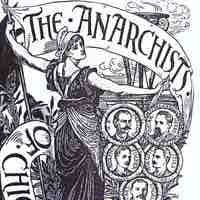
Anarchists in the United States, who fought within and alongside labor unions for workers rights, helped stage a demonstration in Chicago in 1886 that resulted in a deadly bombing.

Socialism and labor were interconnected movements during the Gilded Age.
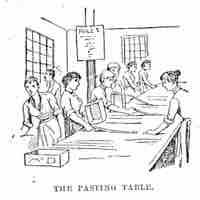
In 1870, women were 15 percent of the total workforce, primarily assuming roles as factory workers, teachers, dressmakers, milliners, and tailors.
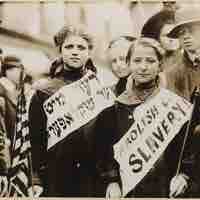
During the Industrial Revolution, children as young as four were employed in factories with dangerous, and often fatal, working conditions.
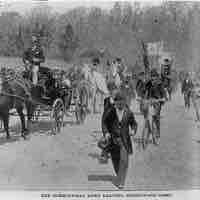
Coxey's Army was a protest march by unemployed workers from the United States, led by Ohio businessman Jacob Coxey.
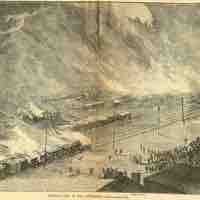
The Great Railroad Strike of 1877, also called "The Great Upheaval," spanned 45 days and four states and caused the deaths of many strikers.
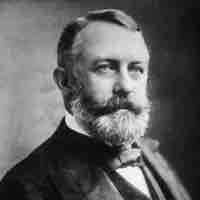
The Homestead Strike of 1892 was organized and purposeful; it was the second-largest labor dispute in U.S. history.
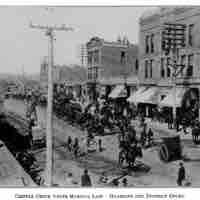
The Cripple Creek Miners' Strike of 1894 resulted in a victory for the union, due to the support of Populist Party governor, Davis Waite.